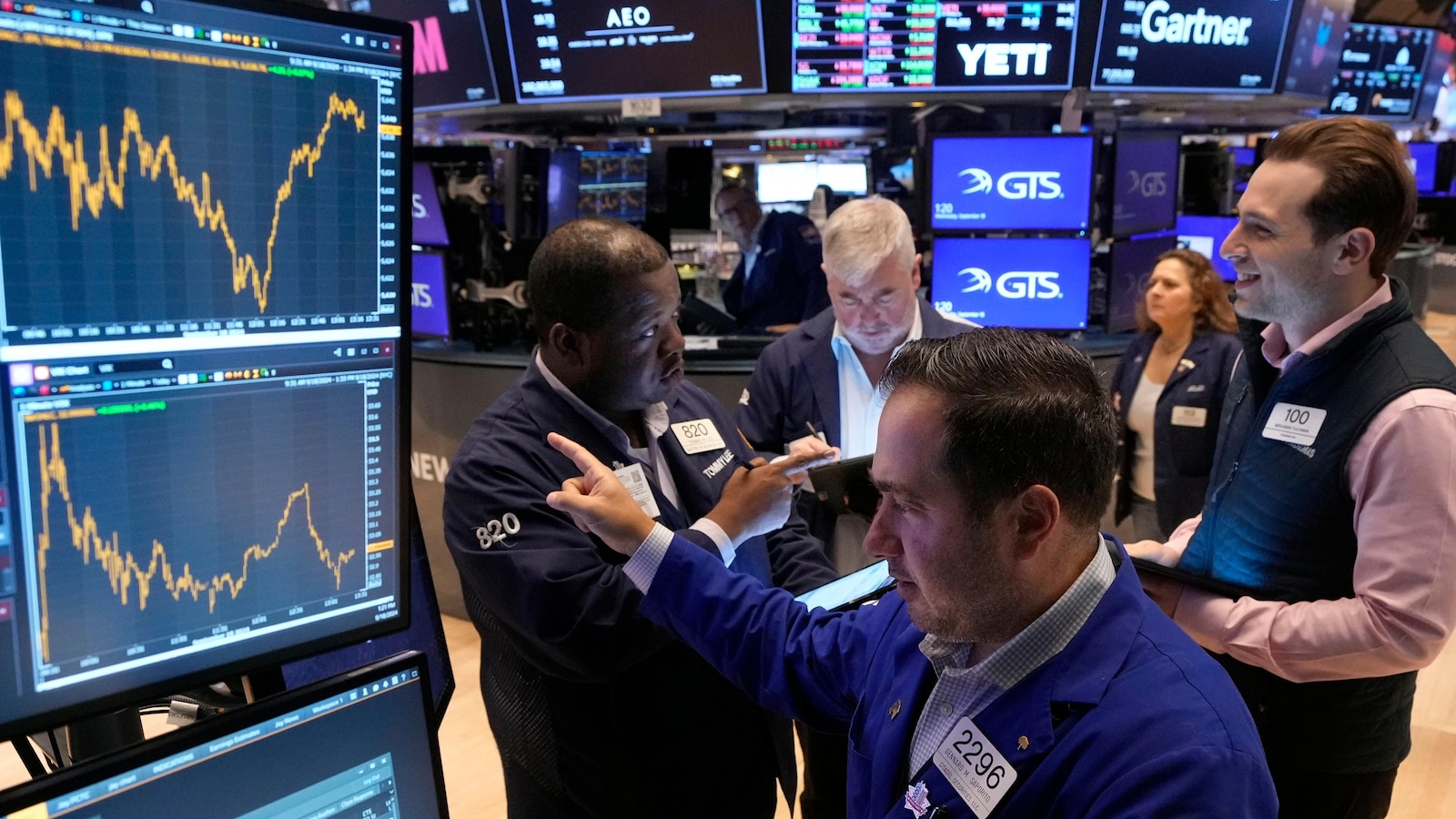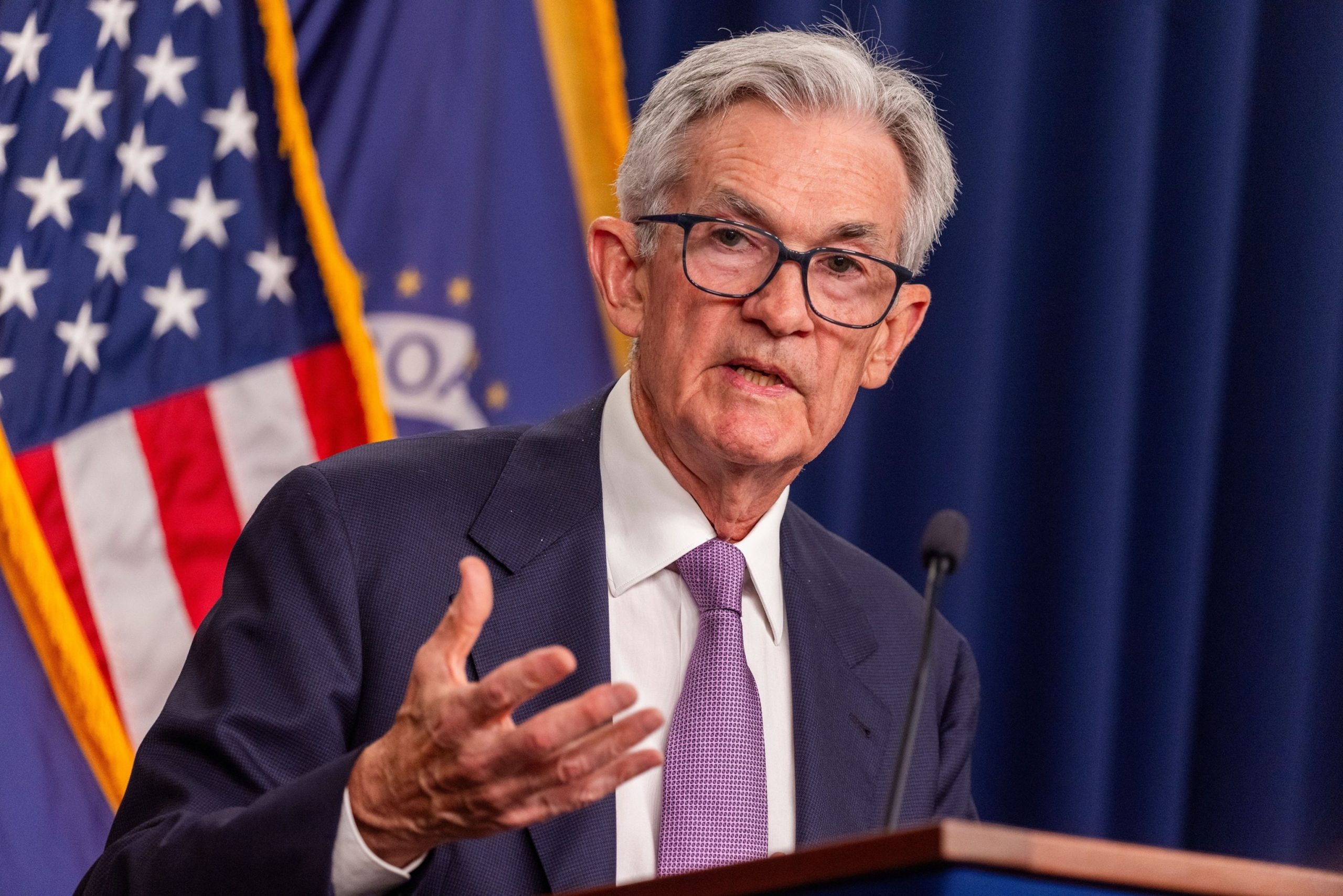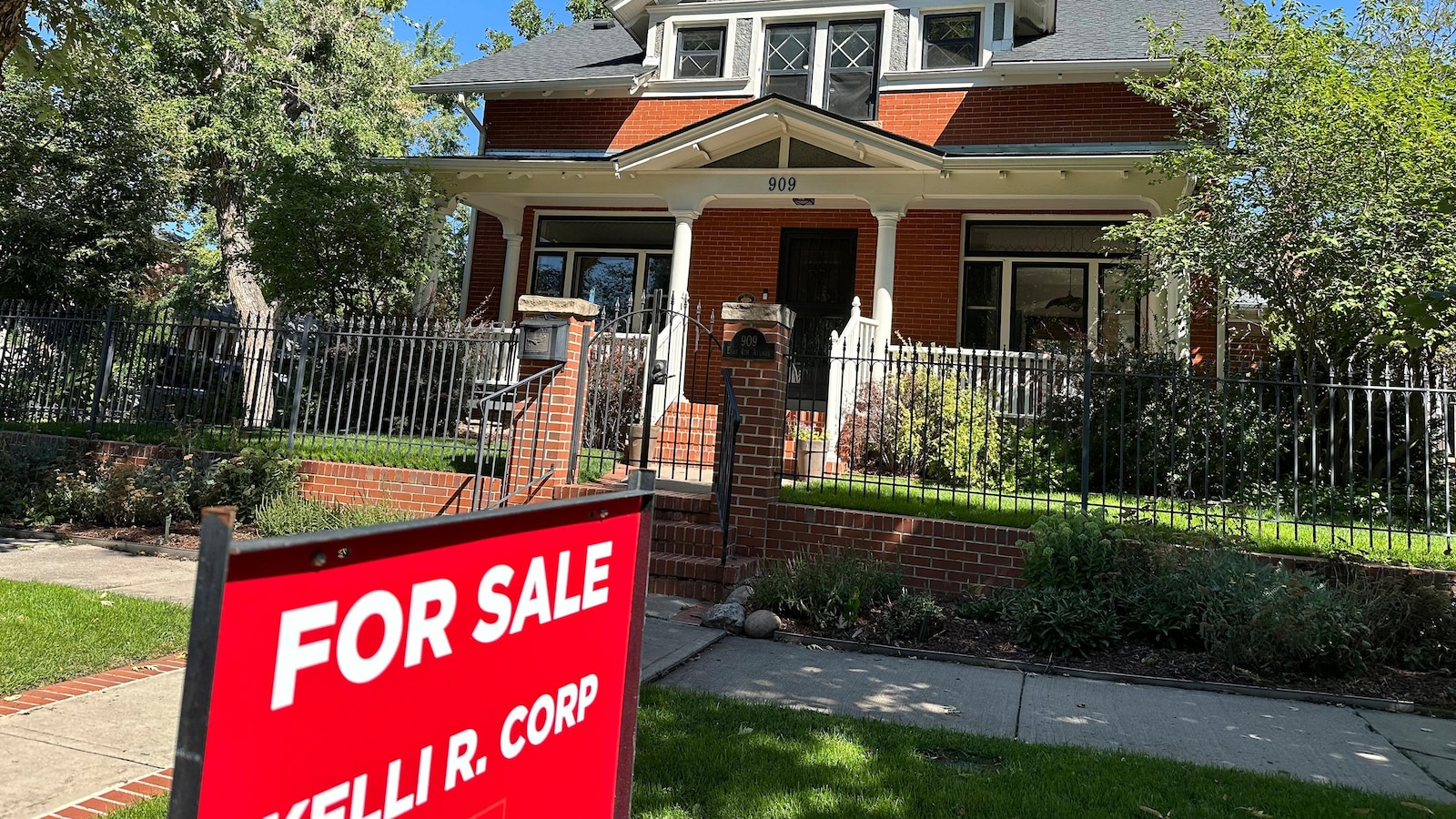The Federal Reserve, the central bank of the United States, has been closely monitoring the increase in inflation measure during April. The Consumer Price Index (CPI), which measures the average change in prices over time of goods and services purchased by households, rose by 0.8% in April, the largest monthly increase since 1981. This surge in inflation has raised concerns among policymakers and economists about the potential impact on the economy.
The Federal Reserve has a dual mandate to promote maximum employment and stable prices. Inflation is a key factor in achieving price stability, and the Fed aims to maintain an inflation rate of around 2% over the long term. However, the recent increase in inflation has exceeded this target, and the Fed is now facing a difficult balancing act between supporting the economic recovery and preventing inflation from spiraling out of control.
One of the main drivers of the increase in inflation is the reopening of the economy after the COVID-19 pandemic. As businesses reopen and demand for goods and services increases, supply chain disruptions and shortages of raw materials have led to higher prices. Additionally, fiscal stimulus measures such as direct payments to households and increased unemployment benefits have boosted consumer spending, further fueling inflation.
The Fed has signaled that it expects the recent surge in inflation to be temporary and that it will eventually subside as supply chain disruptions are resolved and the economy returns to a more normal state. However, if inflation persists or accelerates, the Fed may need to take action to prevent it from becoming entrenched.
One potential tool that the Fed could use to combat inflation is raising interest rates. Higher interest rates can help to cool down an overheating economy by making borrowing more expensive, which reduces consumer spending and slows down economic growth. However, raising interest rates too quickly or too aggressively could also have negative consequences for the economy, such as slowing down job growth and increasing the cost of servicing debt.
Another tool that the Fed could use is reducing its asset purchases. The Fed has been buying large quantities of Treasury bonds and mortgage-backed securities to support the economy during the pandemic. By reducing these purchases, the Fed could reduce the amount of money in circulation, which could help to reduce inflation.
In conclusion, the recent increase in inflation measure during April has raised concerns among policymakers and economists about the potential impact on the economy. The Federal Reserve is closely monitoring the situation and has signaled that it expects the surge in inflation to be temporary. However, if inflation persists or accelerates, the Fed may need to take action to prevent it from becoming entrenched. The tools available to the Fed include raising interest rates and reducing asset purchases, but these actions must be carefully calibrated to avoid causing harm to the economy.



